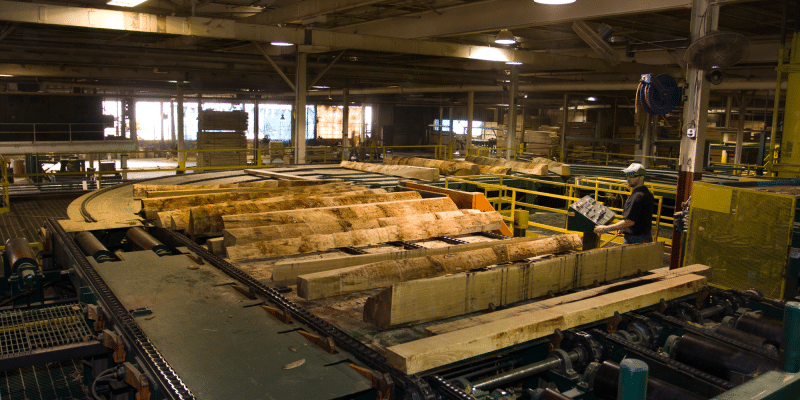As I travel all over the U.S. and around the world talking to architecture and design firms, I have been struck by the unbelievable volume of planned construction of five and six-star hotels in the next five years. One hotel group has 80, yes 80 hotels scheduled for China in the next five years. Another has 15 planned for India in the next five years. These are only two hotel companies and two countries. When added together, the scope of planned building is mind-boggling. All of these hotel properties are massive undertakings. For example, a hotel in China that is under construction will have its reception desk on the 101st floor. I am advising on a large hotel in India, one in Saudi Arabia and another in Qatar. When I consider the amount of man-hours and intellectual capital involved with the design and construction processes and multiply that by the number of projects on the books, I find it extremely hard to comprehend. One large international hotel company with whom I am working established an office in Dubai in early 2011 and had 40 projects immediately and now, half a year later, they are working on an additional 40.
There is a place for American hardwoods in many of these properties as a sustainable and beautiful interiors material. I was asked this week about using American hardwoods in environments that aren’t “controlled”, such as in Singapore, where I was speaking. My natural reaction is to say that all indoor environments are controlled, but upon quick reflection, I realized that there are many living spaces in tropical climates where windows are open most of every day. In those environments the most logical choice would be quartersawn Red or White Oak which will only shrink and swell in thickness rather than width as it adjusts to the moisture in the environment.
As all of these hotel projects take shape it is my mission to make sure that sustainable American hardwoods are considered. There are significant opportunities in the next five to ten years and as an industry, we should be at the table.

